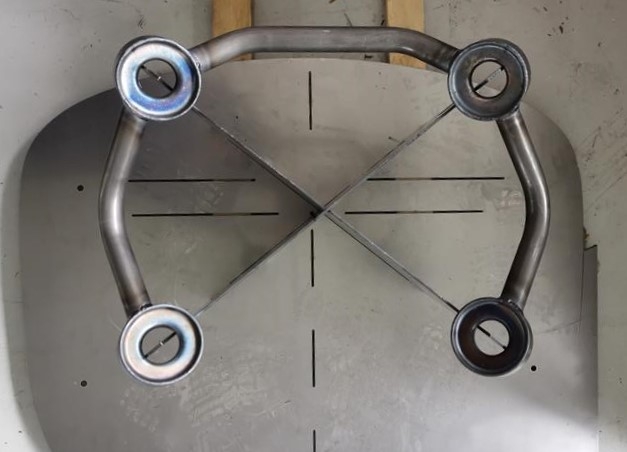Excuse for writing in English. My French is very limited. I'm living in the Netherlands and currently flying a Sonex.
Recently I acquired a CP1320 project that was abandoned in the 90's. The airframe was finished up to painting. It'll need some rework, but basically not too much work (haha). The controls need a good check for corrosion. It lacks all firewall forward stuff. So no engine mount, engine and cowling. I already found a good O320 to put up front. With all the Corona limitations I'm not able to pick it up myself. Transport is arranged and the project will arrive in December. So no detailed pictures yet.
In the mean time started the CAD design of the motor mount and the modification of the landing gear.
I'm looking for as much info I can get. A lot of projects are pre internet, so limited information there. Also not that many 1320's are flying. But I'm particularly interested in the F-PNAR. The photos in the gallery show a few parts I'm interested in. I tried to get i contact with Stephane Levevre through this forum, but up to now no answer. Hopefully someone knows his email address?
Alex


